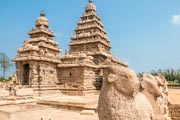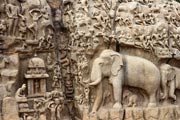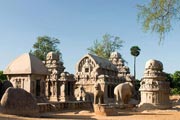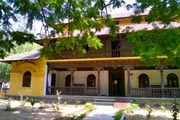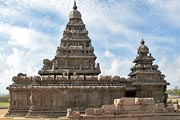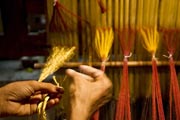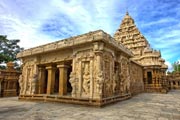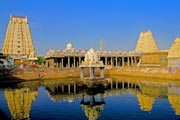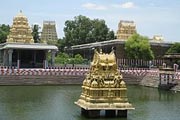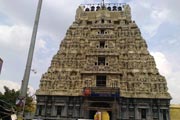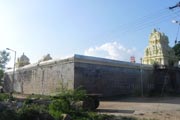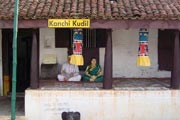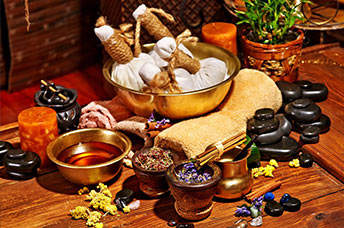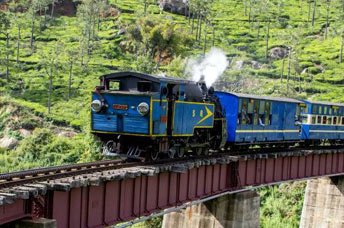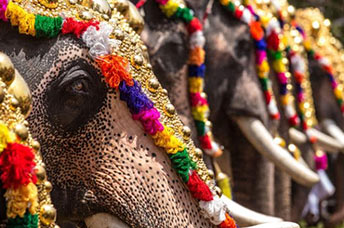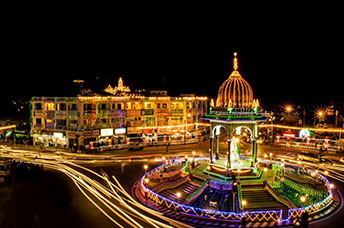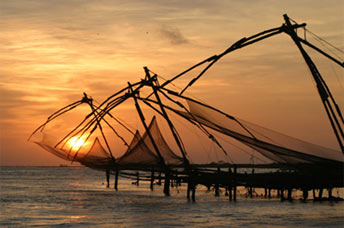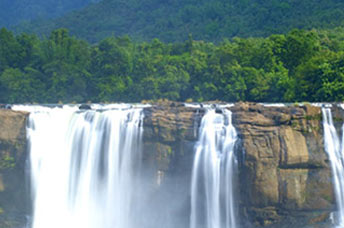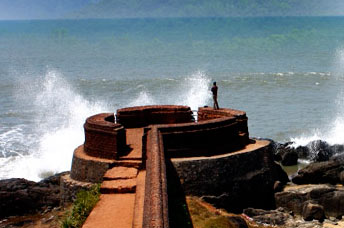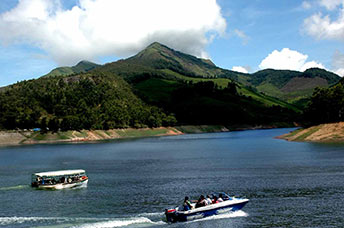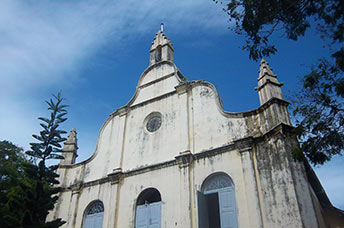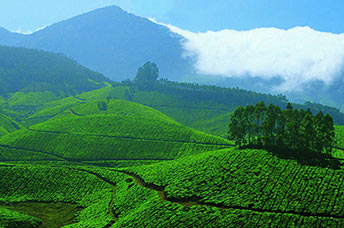Documented as a thriving port by both Ptolemy (140 C.E.) and Periplus (1st century C.E.) and 60 kms south of Chennai lies the ancient, historic city of Mammalapuram or Mahabalipuram. The Pallava Dynasty who were maritime traders par excellence, established Mahabalipuram as a favoured port under their control, during the 7th century with historic links between ancient Rome, Greece and India. Relics, such as megalithic burial urns, cairn circles and jars with burials dating to the early Christian era are a treasure trove of discoveries near Mahabalipuram.
One of the mythical pagodas actually stands on the sands of Mahabalipuram. A 7th to 8th century, five-storied temple, cut out of solid rock and carved intricately, the temple provides evidence of the structural abilities of the Pallava engineers. Local fishermen insist that the other six glitter beneath the waves, far out to sea. The coast is scattered casually with unimaginable treasures. Rathas or chariots, which are essentially temples carved like stationary chariots…. mandapas or caves hewn out of rock, which might have been meditation sanctuaries of Buddhist monks…. and with thousands of sculptures and enormous stone reliefs, such as the renowned ‘Descent of the Ganga’. It is no wonder that all these monuments, temples, sculptures and caves have been grouped into a UNESCO World Heritage Site.


